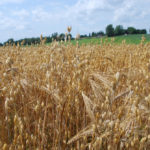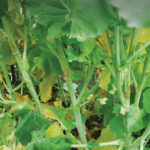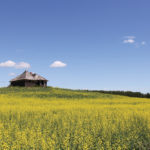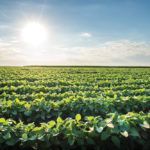
Oats not affected by pre-harvest glyphosate
Despite buyers’ concerns, variety and environment have more impact than glyphosate

Control blood pressure with flax
Reporter's Notebook: New research shows that eating ground flaxseed can lower your blood pressure
Reporter’s Notebook: The Co-op has everything you need
You can get everything at a co-op, from stories to spinach to investment opportunities

Expert concerned about low phos levels
Stu Brandt is concerned about low phosphorus levels in Saskatchewan soils

Measuring sclerotinia resistance

More sclerotinia resistance coming soon
Researchers are identifying lines with more-robust sclerotinia resistance

Too many grain cars left out in the cold?
Ag Transport Coalition reports CP rail car performance drops
A rough ride ahead for Canadian farmers
Politics and trade may well be changing, and they certainly won’t be boring

Farmers frustrated by sclerotinia
Sclerotinia was rampant in 2016, sometimes even for farmers who sprayed fungicide

Studying the whole ecosystem
Matthew Mitchell’s research looks at how soybeans are affected by nearby forests


